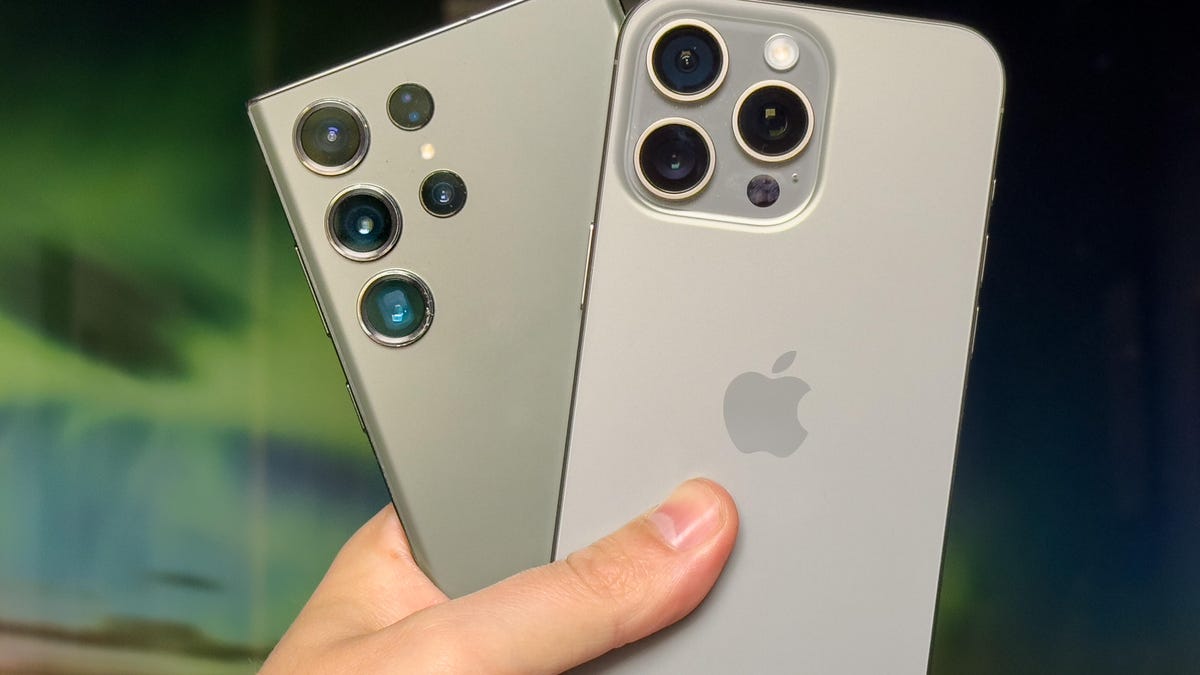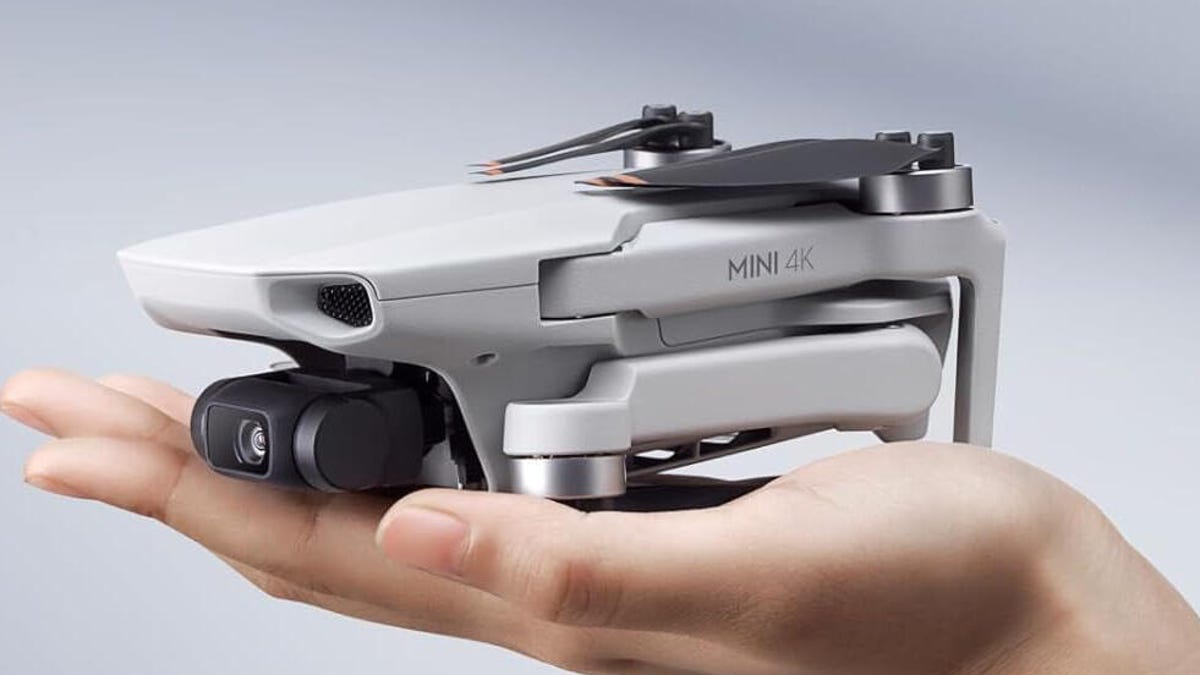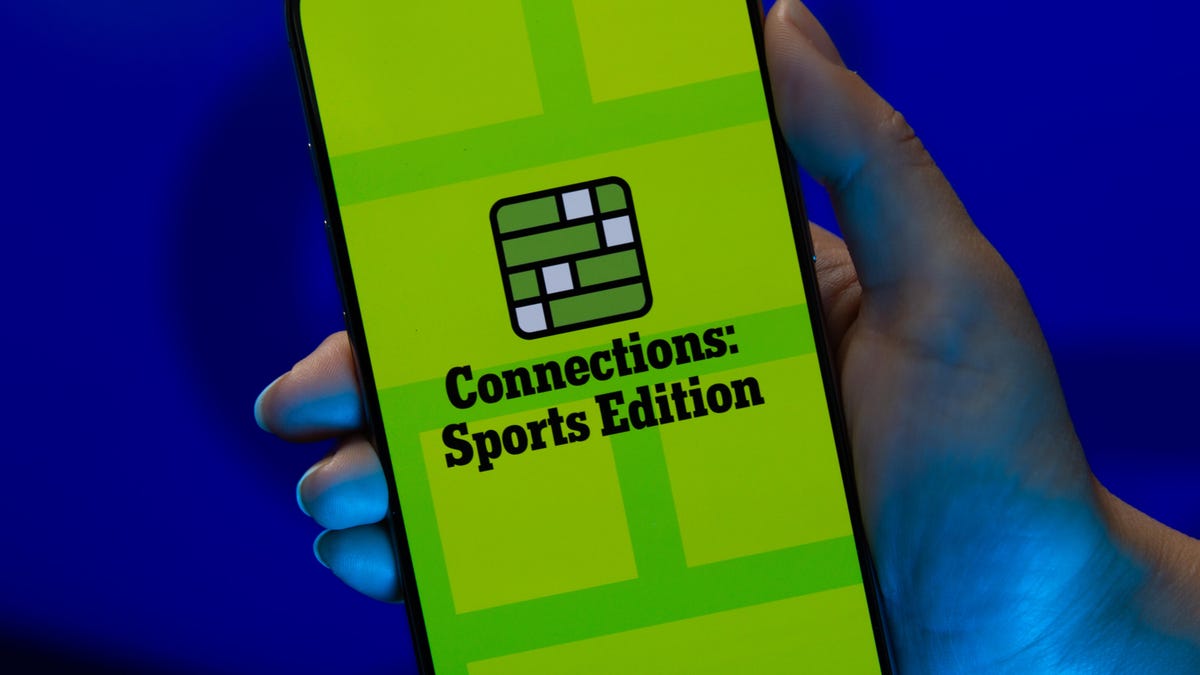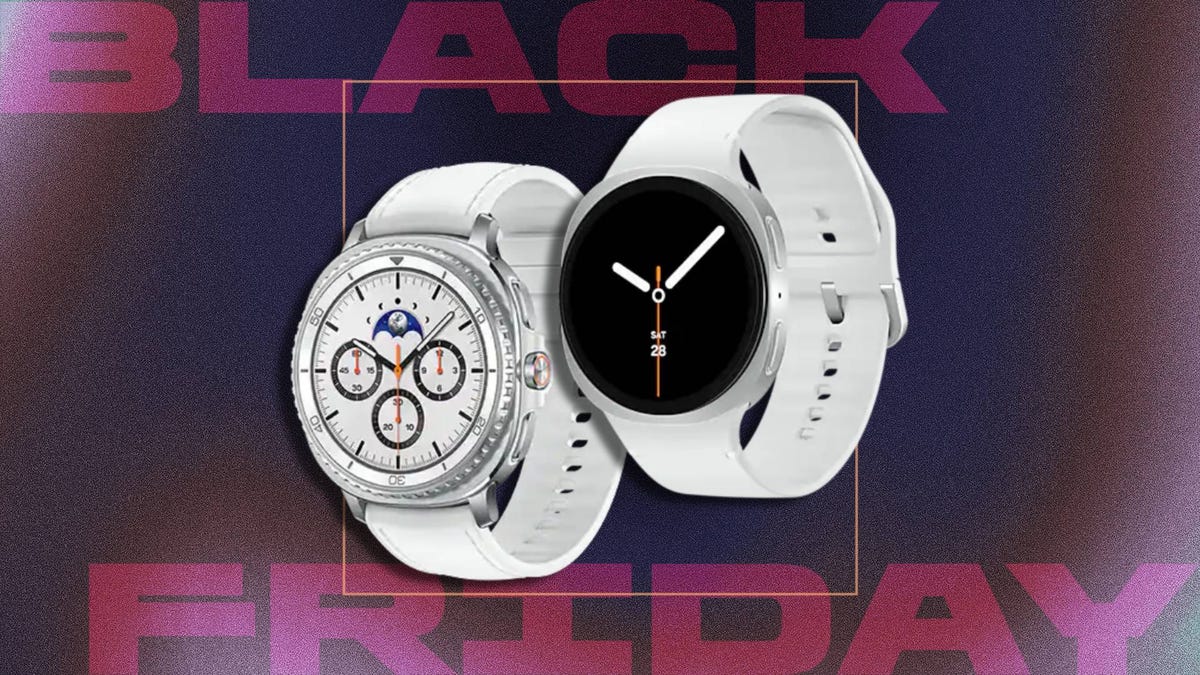Technologies
I Want Apple to Steal These Android Camera Features for the iPhone 17
Commentary: From Samsung’s filters to Xiaomi’s phone tech, here’s what I want Apple to put into the iPhone 17’s cameras this September.

The iPhone 16 Pro already has a great camera system capable of taking photos so good you’d think they were taken on pro-level mirrorless cameras. I love the quality of all three rear lenses, and while I like recent features, such as the Photographic Styles and Apple’s ProRaw image format, I think there’s more the company can do to help photographers take their best ever photos.
I’ve spent 14 years reviewing iPhones and Android phones from all brands for CNET, and as a professional photographer I’ve always had an eye toward testing the cameras of top models like the Galaxy S25 Ultra and Pixel 9 Pro. In that time, I’ve found a variety of features that I’d love to see Apple incorporate into its upcoming iPhone 17.
So let’s get started.
Samsung’s My Filters color filter clone
My Filters, as Samsung sometimes calls it, is a tool hidden inside recent Galaxy camera phones. It essentially lets you steal the color tones from one image and apply them to another. Say you found a lovely photo online with dreamy pastel tones and warm highlights. You can save that image to your phone (even a screenshot of it will do), load it into the filter creation tool within the camera app and it will then create a new filter that aims to replicate the tones of that image. That filter will then be saved to your phone for you to apply to all your images later on.
While the filters it creates are not always especially accurate to the source image (sometimes the effects can be quite subtle), I do like the results you can get from it. I’ve been able to create some lovely filmic looks that I’ve customized to try and give the impression of old Kodak film stocks.
Apple’s Photographic Styles is the nearest thing the iPhone has, and while some of the looks are nice enough, there’s not a lot of scope for getting truly creative with colors, film grain and other effects. I’d love to see Apple expand on its Photographic Styles tool to give the sort of filmic looks Fujifilm has achieved so well with its customizable «recipes» on its ever-popular cameras like the X100VI.
Nothing Phone 3’s Macro Mode
I wasn’t all that impressed with the Nothing Phone 3 in my recent review and a large part of that was down to the overall disappointing camera performance. But it does have one saving grace in its macro mode. As someone who runs a photography YouTube channel specializing in macro photography, I feel I have a high bar for what looks good when it comes to close-up photos of tiny things like insects or flowers. But even I have to admit that this phone takes superb close-up photos.
The iPhone 16 Pro also has a macro function which uses the ultrawide lens to achieve close-up focusing. And while it certainly succeeds in getting up close and personal with whatever insect you happen to find, images don’t always look great from it. I’ve found colors to look a little drab, though. And while it can focus close to the lens, it results in a wide-angle view. This means you’ll need to get your phone right up close to an insect, likely scaring it off.
I found Nothing’s macro mode to look much more natural in its image processing, with vibrant colors. As it doesn’t appear to rely on the ultrawide lens, it gives a closer view on your subject without the wide angle distortion. Fine, macro photography might be a niche use, but it’s also something that anyone with a phone can do (versus having dedicated macro equipment). I’d still love to see Apple work on its close-up skills.
Xiaomi’s 15 Ultra camera grip
I loved Xiaomi’s 14 Ultra and 15 Ultra phones, finding them capable of taking some of the best photos I’ve ever seen from phone cameras. There’s a lot of reasons why these phones are great for photographers, but one of my favorite things about shooting with them are the Xiaomi-made accessories, including the camera grip and filter mount.
The grip in particular is super helpful as it allows you to hold the phone just like a regular compact camera, while the built-in shutter button makes it easier to snap away without having to tap the screen. The filter mount meanwhile allows me to use the same professional screw-in filters (like pro-mist, circular polarizers or neutral density filters) that I use with my professional camera kit.
Apple doesn’t make a camera grip for the iPhone and while there are various third party ones, I haven’t found many I really love to use. The Leica Lux grip is as well-built as you’d expect from the iconic photography brand, but it relies on MagSafe which feels risky trusting your phone to hold in place only with magnets and it will only work with the Leica app, not with the default iPhone camera app. (Oh, and it’s a nearly $400 accessory.)
Xiaomi’s kit, being made by the company itself and for the specific phone, works seamlessly, connecting securely to the phone and working as expected with the default camera app. The iPhone is amazing as an everyday carry camera, but it could be elevated dramatically if Apple created hardware accessories specifically for photographers.
Xiaomi 14 Ultra’s variable aperture
While I’m on the topic of Xiaomi, the company’s 14 Ultra is definitely worth stealing from. In particular, the variable aperture in its main camera can go from wide open at f/1.7 and close down to f/4. Most phones have a fixed aperture and while you’d rarely notice the difference, when it comes to night-time photography, the Xiaomi 14 Ultra was amazing.
By closing down the aperture, I was able to create authentic starburst effects around points of light like streetlights in exactly the same way that you would by using a narrow aperture with a mirrorless camera and lens on a tripod. I loved the images I captured with the phone as they looked so much more professional than the weird amorphous blobs seen around light sources in night photos from other phones.
I won’t hold my breath on this one as even Xiaomi didn’t stick with the technology for long. While the company made a big deal about it on the 14 Ultra, when it launched the 15 Ultra a year later, the variable aperture was nowhere to be seen. Perhaps the mechanics make the phone too expensive to produce or maybe there just wasn’t enough benefit — or demand — for starbursts in night photos.
Either way, it was a real highlight for me and it’s something I’d love to see Apple implement in the iPhone 17’s camera.
Xiaomi and Sony’s external lens cameras
Yes, I’m talking about Xiaomi again. But also Sony, so simmer down. At MWC earlier this year Xiaomi showed off a concept for a camera and lens unit that attaches to your phone but contains its own large image sensor and larger, higher-quality optics. It harnesses the computing power, image processing and larger display of your phone, but offers much better overall image quality than the tiny cameras in your phone are able to achieve.
Sony actually had a similar idea itself all the way back in 2013, packing its QX100 and QX10 cameras with a large image sensor and full zoom lens, but no screen. Like the Xiaomi concept, it connected to a phone to act as the display. While Sony’s product did go on sale, it never really took off and the company didn’t return to the format, while Xiaomi’s is firmly still in «concept» territory.
I certainly won’t be alone in having daydreamed about what an Apple camera would be like. Pairing the top-end image processing Apple is able to achieve with its iPhones with a significantly larger image sensor and pro-standard lens optics could result in an absolute photography powerhouse for both casual snappers and pros alike.
And while I don’t ever foresee the company launching an actual stand-alone camera, I’d love to see it create a camera unit like Sony’s and Xiaomi’s that’s designed to work in tandem with an iPhone. Do I expect to see this at the iPhone 17 launch? Absolutely not. Will I dream about it anyway? Damn right.
Technologies
Here’s What the FCC’s Latest Move Actually Means for DJI Drone Owners and Holiday Shoppers
The secret to a very un-merry Christmas? A brand new, unusable DJI drone.

If you’ve been casually adding a DJI drone to your holiday wish list, you might want to hit «buy» immediately. The company issued a stark warning on Monday: its drones could be banned from sale in the US, and the deadline is looming.
Here’s the deal: The Federal Communications Commission voted 3-0 just voted to «close loopholes» that allow tech deemed a «national security risk» to be sold in the US. In plain English, the US government is clearing the path to give DJI the same treatment it gave Huawei-effectively banning their products from the American market.
DJI is already sounding the alarm, posting on Instagram that a «deadline that could decide DJI’s fate in the US is just 43 days away.» The company is warning that without an audit, its products could face an «automatic ban.» The US government has long labeled the Chinese drone maker a security risk, and it looks like the hammer might finally be coming down right before the holidays.
The US government has deemed DJI, based in China, a security risk. It’s also considering a separate ban on TP-Link routers.
Don’t miss any of our unbiased tech content and lab-based reviews. Add CNET as a preferred Google source.
The vote isn’t the end of the road, however. Future bans would need to target specific products and would require a period of public consultation. But it appears the groundwork is being set for the FCC to block sales of future and some existing DJI drones from US shores, as well as products that use DJI technology.
The government has called for a DJI audit by the end of the year, but if that doesn’t happen, DJI drone products could be banned for sale by default under a national security law.
DJI asks for a security audit before any ban
A representative for DJI told CNET that while the FCC vote references a rule change that doesn’t currently apply to DJI specifically, the National Defense Authorization Act deadline in December would put Chinese companies like it on the FCC’s ban list, «without any evidence of wrongdoing or the right to appeal.»
Adam Welsh, head of global policy at DJI, said the company has repeatedly said it would be open to audit, but that «more than 10 months have now passed with no sign that the process has begun.»
«The US government has every right to strengthen national security measures, but this must go hand in hand with due process, fairness, and transparency,» Welsh said.
Welsh said DJI is urging the government to start the audit process or grant an extension.
Will DJI drone owners need to give them up?
Because the ban would apply to new sales, not drones that have already been sold, a DJI drone you already own would still be legal to use — at least under current rules.
Government agencies, however, are prohibited from purchasing or using drones from Chinese companies, including DJI.
DJI’s drones consistently rank high in their product category. In January, they dominated CNET’s list of best drones for 2025. But some of the company’s newest products, such as the DJI Mavic 4 Pro, haven’t been available for sale in the United States.
Even DJI products that are not yet banned may be hard to find. The website UAV Coach has posted a guide to the bans and reports that, due to inventory issues, most DJI drone models are sold out at retailers regardless of future FCC action.
Technologies
Today’s NYT Connections: Sports Edition Hints and Answers for Nov. 13, #416
Here are hints and the answers for the NYT Connections: Sports Edition puzzle for Nov. 13, No. 416.

Looking for the most recent regular Connections answers? Click here for today’s Connections hints, as well as our daily answers and hints for The New York Times Mini Crossword, Wordle and Strands puzzles.
Today’s Connections: Sports Edition is a bit of a stumper. If you’re struggling but still want to solve it, read on for hints and the answers.
Connections: Sports Edition is published by The Athletic, the subscription-based sports journalism site owned by The Times. It doesn’t show up in the NYT Games app but appears in The Athletic’s own app. Or you can play it for free online.
Read more: NYT Connections: Sports Edition Puzzle Comes Out of Beta
Hints for today’s Connections: Sports Edition groups
Here are four hints for the groupings in today’s Connections: Sports Edition puzzle, ranked from the easiest yellow group to the tough (and sometimes bizarre) purple group.
Yellow group hint: Think zebras.
Green group hint: Lights, camera, play ball!
Blue group hint: Not one or two points.
Purple group hint: A male duck.
Answers for today’s Connections: Sports Edition groups
Yellow group: Things a football referee carries.
Green group: Baseball movies, with «The.»
Blue group: Feats worth three points/goals in different sports.
Purple group: Drake ____.
Read more: Wordle Cheat Sheet: Here Are the Most Popular Letters Used in English Words
What are today’s Connections: Sports Edition answers?
The yellow words in today’s Connections
The theme is things a football referee carries. The four answers are bean bag, coin, flag and whistle.
The green words in today’s Connections
The theme is baseball movies, with «The.» The four answers are Natural, Pride of the Yankees, Rookie and Sandlot.
The blue words in today’s Connections
The theme is feats worth three points/goals in different sports. The four answers are field goal, half-court shot, hat trick and ringer.
The purple words in today’s Connections
The theme is Drake ____. The four answers are Baldwin, Bulldogs, London and Maye.
Toughest Connections: Sports Edition categories
The Connections: Sports Edition puzzle can be tough, but it really depends on which sports you know the most about. My husband aces anything having to do with Formula 1, my best friend is a hockey buff, and I can answer any question about Minnesota teams.
That said, it’s hard to pick the toughest Connections categories, but here are some I found exceptionally mind-blowing recently.
#1: Series A Clubs, Jan. 11. Answers: Atalanta, Juventus, Lazio, Roma.
#2: WNBA MVPs, Jan. 21. Answers: Catchings, Delle Donne, Fowles and Stewart.
#3: Premier League team nicknames, Jan. 17. Answers: Bees, Cherries, Foxes and Hammers.
#4: Homophones of NBA player names, Jan. 26. Answers: Barns, Connect, Heart and Hero.
Technologies
The Galaxy Watch 8 Is on Sale for $250 and It’s Hard to Resist
With advanced health tools and a sleek design, the Galaxy Watch 8 is an excellent value at this price.

The holiday season is the perfect time to upgrade your tech, and a smartwatch that supports your fitness goals and schedule might be at the top of your list. This Woot deal gives you the perfect opportunity to grab one of our favorite Samsung smartwatches for a steal right before Black Friday rolls in.
Right now, you can snag the Samsung Galaxy Watch 8 for $250 at Woot — but only until Nov. 15. That’s down from its $330 list price, saving you $80. You’ll also find the Galaxy Watch 8 Classic down to $330. Both models are marked as new and come with a 90-day limited warranty from Woot. With the Galaxy Watch Ultra already sold out, stock is likely to run out quickly, so shop sooner rather than later.
Samsung’s latest smartwatch packs serious hardware upgrades. It has a vibrant 46mm AMOLED display that shines up to 3,000 nits, along with 2GB of RAM, 64GB of storage, built-in GPS and advanced fitness tools, including sleep coaching and vascular load monitoring. It’s also waterproof up to 50 meters and lasts up to 30 hours on a single charge.
Hey, did you know? CNET Deals texts are free, easy and save you money.
CNET expert Vanessa Hand Orellana praised its refined design, detailed health insights and Gemini AI support, noting that it «has nearly every feature I could hope for.» Just remember, some tools work best when paired with the Samsung Galaxy phone.
If you love saving a few extra bucks as much as we do, check out our roundup of the best early Black Friday deals and the best smartwatches.
SMARTWATCH DEALS OF THE WEEK
-
$359 (save $70)
-
$330 (save $20)
-
$140 (save $60)
-
$202 (save $49)
Why this deal matters
The Samsung Galaxy Watch 8 packs serious upgrades for the price. With advanced fitness tools, sleep coaching and daily energy tracking, it’s one of the most feature‑rich smartwatches this year. The $250 price represents a new low for the model during the Black Friday season and includes a 90-day warranty. But with limited stock, it’s a deal worth grabbing quickly.
Join Our Daily Deals Text Group!
Get hand-picked deals from CNET shopping experts straight to your phone.
By signing up, you confirm you are 16+ and agree to receive recurring marketing messages at the phone number provided. Consent is not a condition of purchase. Reply STOP to unsubscribe. Msg & data rates may apply. View our Privacy Policy and Terms of Use.
-

 Technologies3 года ago
Technologies3 года agoTech Companies Need to Be Held Accountable for Security, Experts Say
-

 Technologies3 года ago
Technologies3 года agoBest Handheld Game Console in 2023
-

 Technologies3 года ago
Technologies3 года agoTighten Up Your VR Game With the Best Head Straps for Quest 2
-

 Technologies4 года ago
Technologies4 года agoVerum, Wickr and Threema: next generation secured messengers
-

 Technologies4 года ago
Technologies4 года agoBlack Friday 2021: The best deals on TVs, headphones, kitchenware, and more
-

 Technologies4 года ago
Technologies4 года agoGoogle to require vaccinations as Silicon Valley rethinks return-to-office policies
-

 Technologies4 года ago
Technologies4 года agoOlivia Harlan Dekker for Verum Messenger
-

 Technologies4 года ago
Technologies4 года agoiPhone 13 event: How to watch Apple’s big announcement tomorrow
